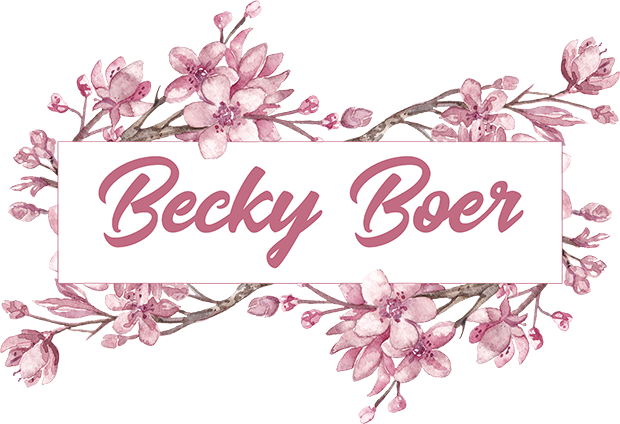Blogging Challenge Day 1: Goals
Write your goals for the school year. Be as specific or abstract as you’d like to be!
One of the most important jobs we have as teachers is to reflect on our school year and set new goals accordingly. Even veteran teachers (should) know that even the most successful practices can always benefit from revisions and adaptations.
> Begin with the end in mind. – Stephen Covey
I believe that when setting goals, you should consider your outcome first. You obviously have a reason for creating these goals, or you wouldn’t be doing it. Think about what your ultimate goal is, then decide how you’re going to get there.
Below, I’ve listed my goals as well as the reasoning behind each one. If you have any suggestions for how I can make them happen, feel free to share!
1. Create and maintain student writing portfolios
I firmly believe that students should be writing every single day. However, writing is such a time-consuming task that it often gets set aside. Over the years, I have assigned countless writing tasks that have gone unfinished, all because we didn’t have time to fully flesh out the ideas into polished, published pieces.
My goal is to help each of my students create and actively use a Writer’s Notebook. My inspiration for this goal comes from Ralph Fletcher and Katie Wood Ray. I think that a Writer’s Notebook should be personal and student-driven. Students will use their notebooks every day, whether for morning journaling, reflecting on lessons, or simply jotting down ideas that might turn into larger pieces later.
My issue with writing portfolios in the past is that the students never had enough writing samples to substantiate a portfolio. Over the years, though, I’ve learned that writing is definitely more about quality than quantity. Even if a piece isn’t finished, or hasn’t ever been published, that doesn’t mean it’s not full of good ideas, or that it doesn’t demonstrate an excellent aptitude for certain skills. I want my students to be able to reflect upon things in their notebooks as a way to prove their knowledge.
2. Incorporate more technology
I consider myself to be fairly adept at using technology in my classroom. However, I know that I haven’t always used it as effectively as possible. My students have always loved using iPads, iPods, and laptops. However, I’d love to start using technology with a wider reach.
I’ve seen lots of teachers hosting Mystery Skype sessions. I’ll admit that I don’t know much about this, but I’m intrigued by the idea. I plan to do a substantial amount of research before I try to implement it; I want to make sure that our time is spent as effectively as possible.
My students have tried coding in the past, but at the time, I didn’t know enough about it myself to be an active, effective facilitator. Now that I’ve done some coding myself (having a web-developer as a husband comes in handy!), I feel like I’ll be able to make it useful and much more meaningful for my kids.
3. Implement more student-driven assessment pieces
Worksheets, worksheets, worksheets. For eight of my ten teaching years, I taught with a principal who insisted upon our use of basals, including the worksheets that helpfully came along with every single one of them. Our principal’s justification for using the basal was that first, it made it easier for parents to help their children at home. It gave them a guide. Second, it provided proof for us. Assessments and grades would not be questioned, because they were not subjective.
To put it nicely, I did not agree with the majority of her educational philosophies, including this one. My goal is to eliminate worksheets as completely as possible, relying on student-driven assessments. For reading, this might mean journal entries and reading conferences. This requires that I know my students as readers are writers, so that I can determine their progress.
In history and science, I’d like to give the students a chance to demonstrate their learning however they choose; if they’re comfortable writing, they can show that they have mastered the content by writing about it. If they prefer a performance piece, or a collage, or any other method of content presentation, I’ll give them time to develop it and demonstrate their knowledge.
I’m really excited about implementing all of these goals and watching my students grow and learn as a result!

Leave a Reply